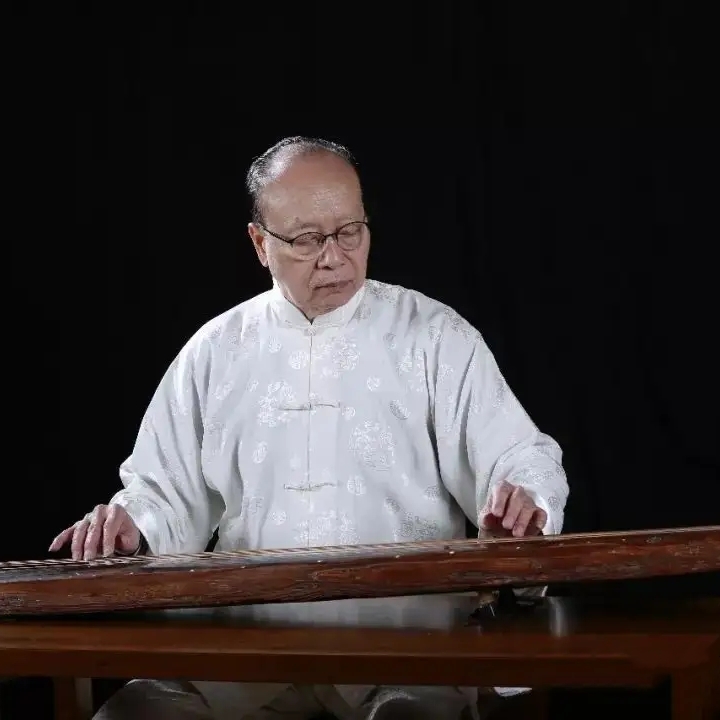Ou Junhong

Ou Junhong was born in Guangzhou in 1945 in a family of traditional Chinese medicine with three generations of ancestral traditions. In 1967, he graduated from the traditional Chinese medicine class and is a veritable Chinese doctor.
At the age of 8, he began to practice martial arts under the supervision of his second brother, Qu Qianyun (a master of calligraphy later on), and he once came out on top in the provincial martial arts competition. At the age of 15, he followed his second brother to specialize in calligraphy in seal and clerical script. At a young age, he was very fond of cliff stone carvings. Later, he was fascinated by gold and stone seal carving. The method came from Yuanbai Mountain, and then came out from Wu Changshuo. He moved between Qin and Jin brick carvings, bamboo slips, Chinese seals, and seals. He accumulated hundreds of seals over time. At the age of 25, he felt that Zhuan Li could not fully express his feelings, so he transferred the brush and inkstone to cursive writing. With the rigorous script of Zhuan Li, he integrated the loose calligraphy style, and inherited the monuments of the two kings, Huai Su and other sages. Looking at his calligraphy after the age of 50, the sparse and ethereal rules and regulations are like the rhythm of the qin sound, such as the sound of great elegance, which may be the result of the fusion of qin art and Tai Chi.
In 1975, Ou Junhong had the honor to learn how to play the guqin under the guidance of Yang Xinlun, a librarian of the Guangdong Provincial Museum of Culture and History and a famous Lingnan School Guqin master. He has comprehensively studied and inherited the Guqin playing art of Master Yang Xinlun, and the restoration techniques of the old Guqin handed down, and is committed to researching the system and reform of Guqin. In the performance of Guqin, it has inherited the Lingnan style of Master Yang Xinlun's "robust, hearty, and lively", emphasizing that playing Guqin must abide by the traditional playing style, plus the fusion of Taiji, Jinshi, calligraphy and other Chinese spiritual essences, His playing style is quaint and unpretentious, and is known for his ancient and distant visions. In addition, it enjoys a very high reputation in the restoration of handed down old qin, and many people come here to bring broken old qin for repair. In 1976, he officially embarked on the road of making Chinese Guqin. In 1999, the original "Gu Xylophone" was imitated by major domestic piano factories. In the same year, the Lingnan Tianhong Qin Museum was opened to teach apprentices. So far, there have been 300 students, all of whom come from all walks of life. The comprehension and persistence of Lingnan Guqin's charm all the time have enabled the inheritance and development of the true style of the "Lingnan Qin School".
Similar artist
Involving musical instruments
Involved portfolio
Involved news
Popular artists
- 01 Zhang Xiuyan
- 02 Zhang Gaoxiang
- 03 A Shicai
- 04 King Hammer
- 05 Feng Yu
 渝公网安备 50010702504639号
渝公网安备 50010702504639号